This Sourdough Starter is pretty darn easy to do and a great option for delicious homemade baked goods! A sourdough starter doesn’t have to be a chore, and the end result is worth the patience in the beginning. If you like homemade treats try my Sourdough Pretzels!
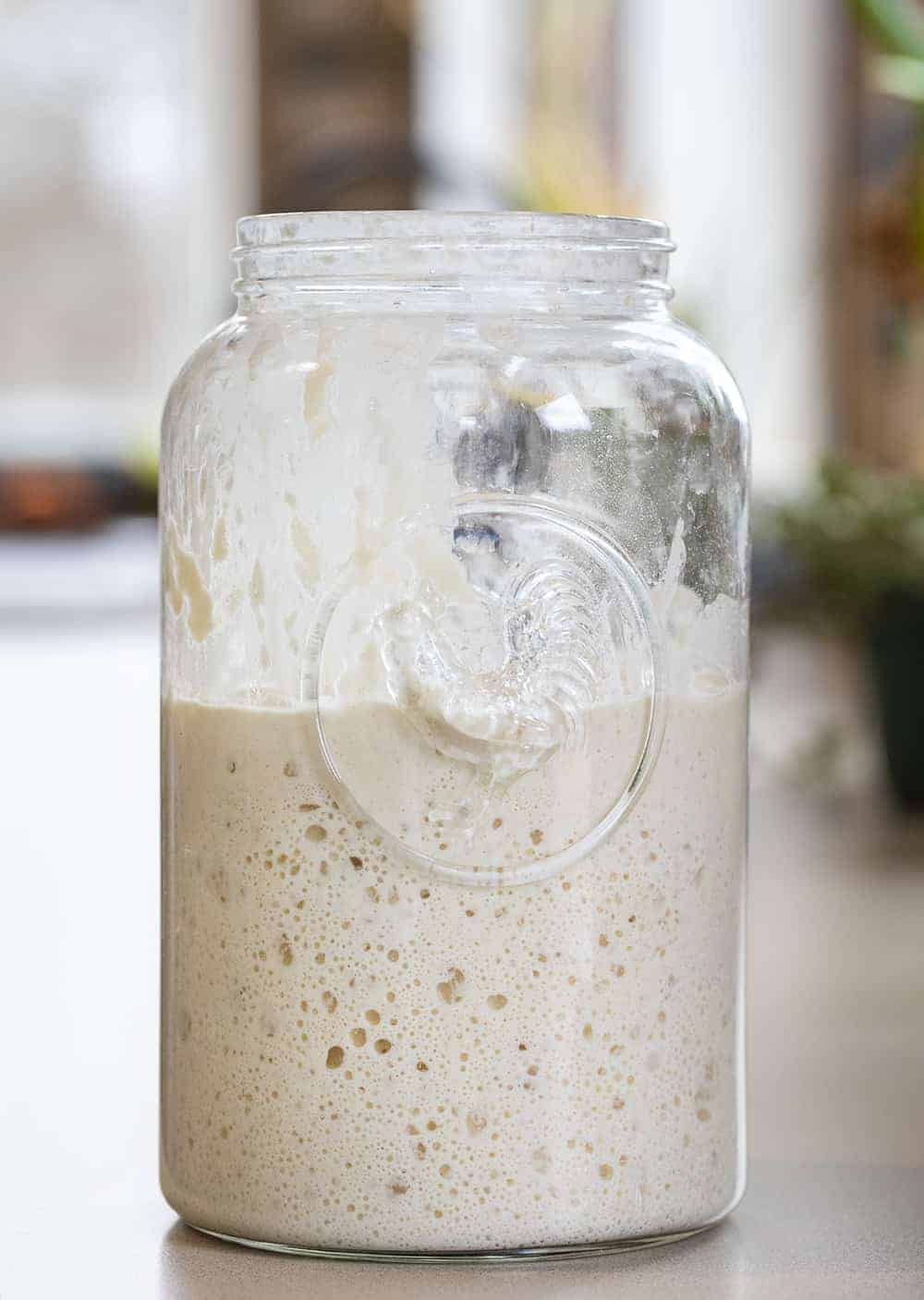
Sourdough Starter
I have to start out by saying that this is how *I* do a starter. I have watched every expert under the sun and read every book and let me tell you something… they are all different. So I have been testing and testing and retesting and using life experience to determine what works best for me. Well, I finally decided on what worked best for me, and it could not be easier and straight forward. The ingredients are simple: flour and water. And, with just two measurements to remember, the feeding is a piece of cake (or should I say bread😉) as well!
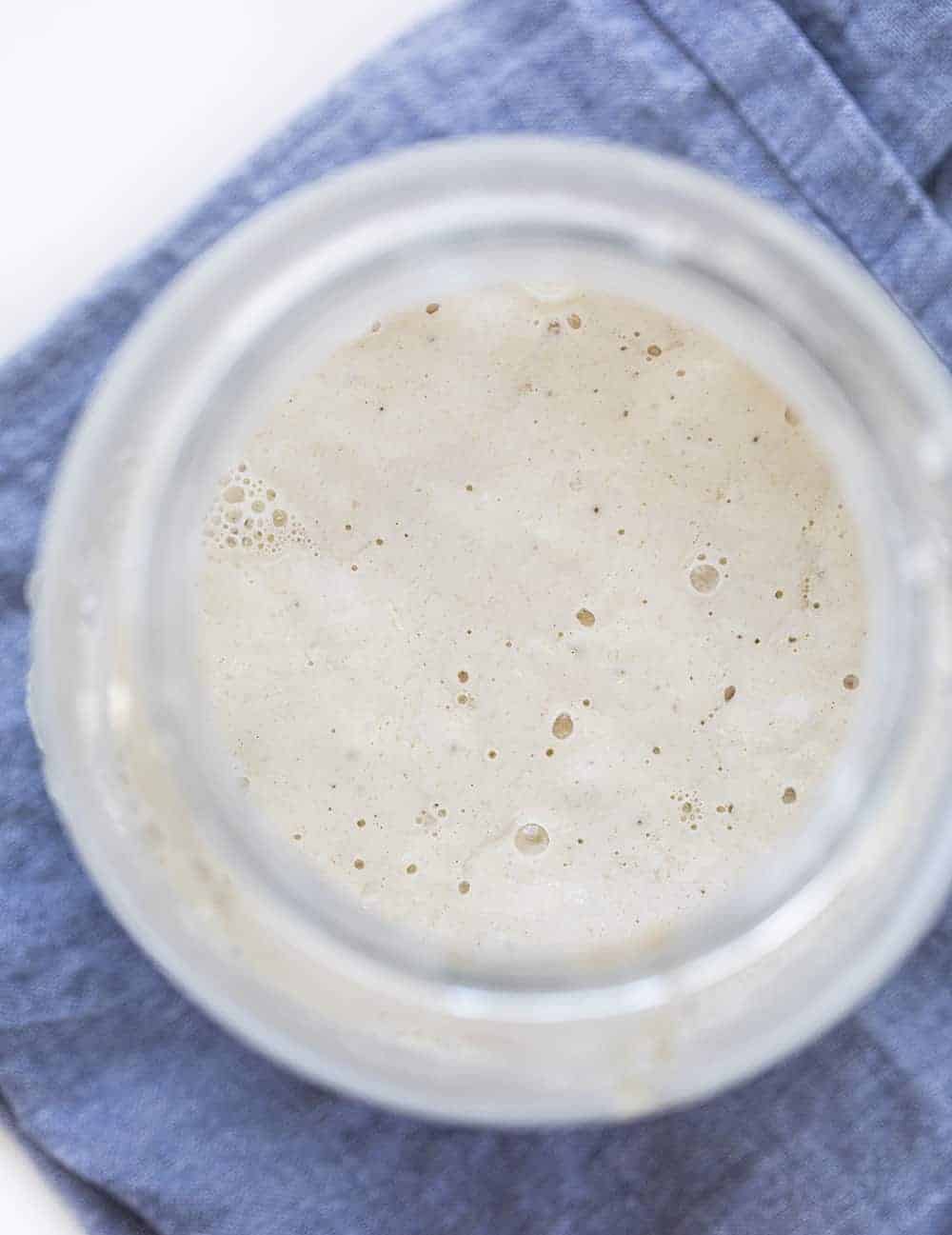
Getting your Sourdough Starter Started
Now if you want to bring science into it, the type of flour and type of water you use are important. They can produce a better product. But I am here to tell you that you can absolutely use all-purpose bleached flour from Dollar General and it will still be ok. Make sure you have the following materials and ingredients on hand:
- Jar & Lid – I prefer glass, you don’t want to use metal or plastic. If you don’t have a lid use a paper towel and rubber band. A good size jar to have on hand for a sourdough starter is a quart (32 ounces) or something close to that capacity.
- Flour – I prefer organic unbleached all-purpose, but also love whole-wheat and bread flour. Or, give rye flour a try.
- Water -Purified is best. Have chlorinated tap water (as most people do)? You can use bottled water or just set the water out uncovered for 24 hours before using it to feed your starter. This allows the chlorine to evaporate so it won’t kill the wild yeast.
That’s it for supplies! Now, let’s get to making the starter.
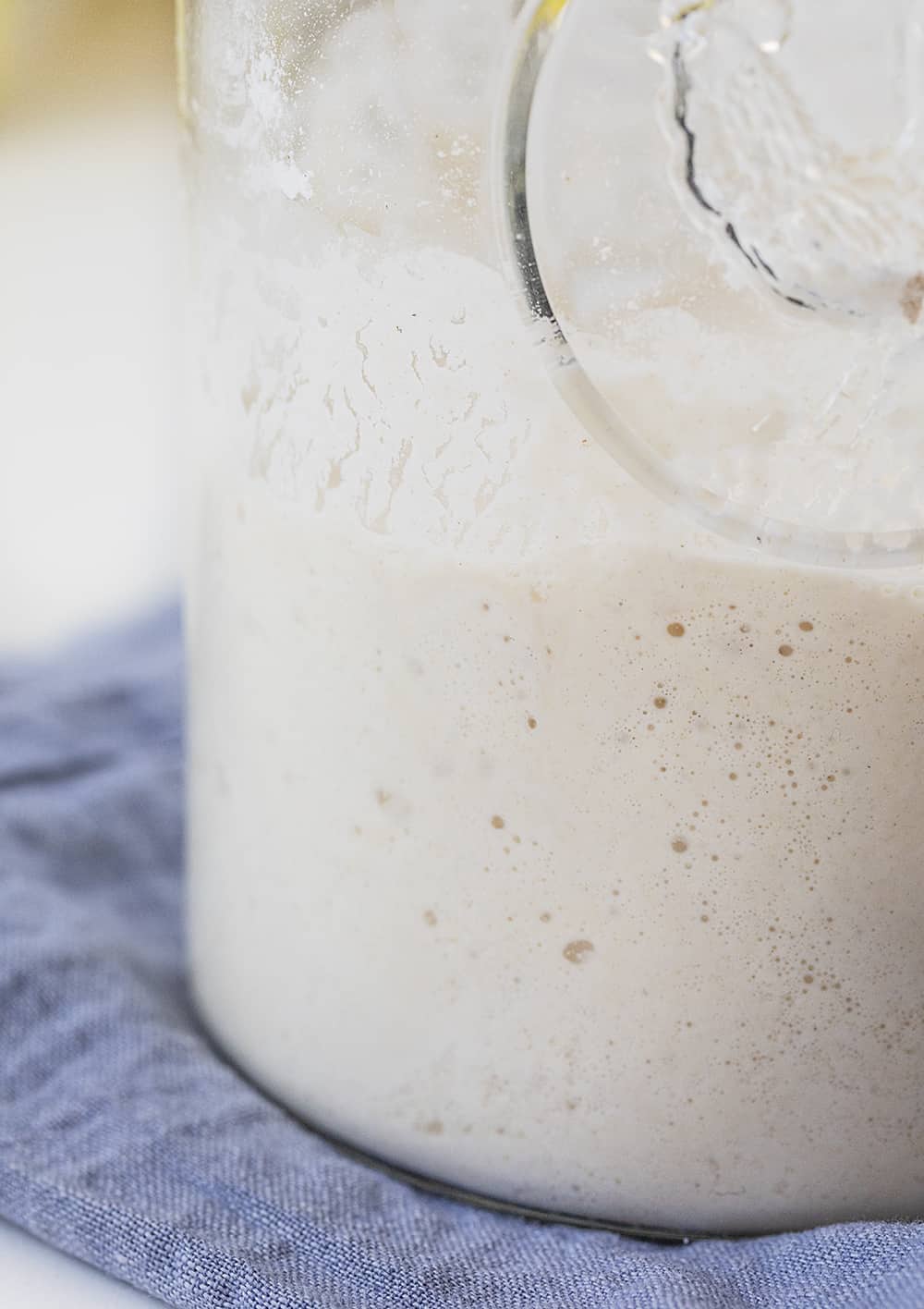
How to Make a Sourdough Starter
Remember these amounts: 1/2 cup flour and 1/4-1/3 cup water. These are the only measurements you will need to remember throughout this entire process of creating your sourdough starter. And trust me, you will use those measurements a lot with all the ‘feeding’, going on! After all, the goal is to get those microorganisms to work for that sour and fermented flavor that sourdough is known for.
To begin, add the flour and water to a jar and stir well. Try not to use a metal spoon. After all, Grandma said she always uses the handle of her wooden spoon to stir. Now gently cover the jar (do not seal it closed) and let it sit in a warm place (70°F is best) for 24 hours. The best option for a cover is a paper towel and rubber band. Or, just remember to keep the jar lid loosely sealed. Try to keep it in an area of your house that is somewhat warm. Very cool rooms tend to slow the action of a starter. Wait 24 hours before checking the mixture.

‘Feeding’ the Sourdough Starter
With sourdough starters, you will hear the term ‘feeding’. This is simply adding the flour and water to the mixture to keep the microorganisms working. Remember the measurements I told you to get ingrained in your brain? The 1/2 cup flour and 1/4-1/3 cup water is all you will need throughout the ‘feeding’ process.
Day 2: After 24 hours, check the mixture for bubbles. If you see bubbles, add the flour and the water, mixing it well, and let it sit for the next 24 hours. If you don’t see bubbles, do not get discouraged! It sometimes takes a couple of days for the science of it all to work. Just wait another day (or even two) until the first feeding.
Day 3: After another 24 hours, check for bubbles. If you do see bubbles, remove half of the starter, add the 1⁄2 cup flour and 1⁄4-1/3 cup water and stir thoroughly. Let sit 24 hours. Oh, and don’t get rid of the starter you removed! I will give you some ideas on how to use this in the end.
For the third feeding, remove half of the starter (but don’t throw it out!), and feed with 1⁄2 cup and 1⁄4 cup water, stirring thoroughly. Let sit 24 hours. (And yes, you can begin a new starter with the discard! Try adding a new kind of four! Or simply use to make crackers or pancakes.)
On days 4, 5, 6 you can feed it 2 times a day with those measurements that are sure to be memorized at this point😀. Continue this routine (discarding before feeding) until the starter is consistently bubbling and doubling in size within 8 hours of each feeding.
It is now ready to use for a perfect Sourdough Bread!
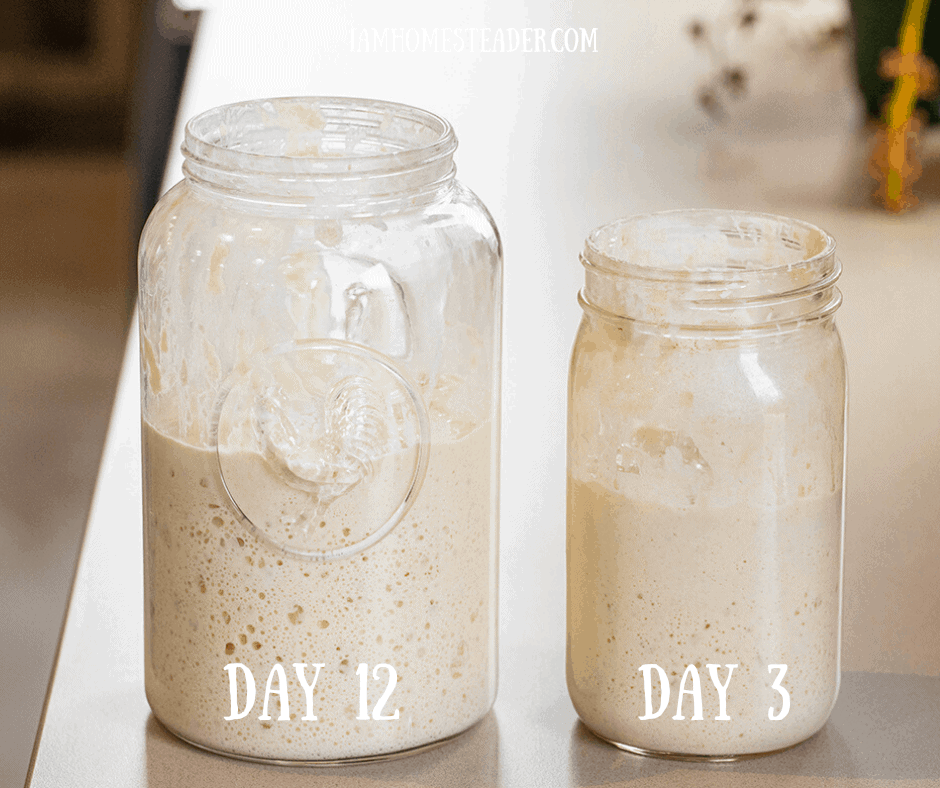
How to Store a Sourdough Starter
After all the feeding and you know you have a strong, active starter, you can store the starter in the refrigerator and feed it about once per week. When you plan to use the starter, pull it out of the refrigerator 24 hours in advance to feed it and allow it to warm up and grow.
These starters get better with age, so don’t think you have to use it right away! Sourdough starters are hearty, so they last quite a while. But, like all living things, it can get ‘sick’ or go bad. If it turns pink, red, moldy, or gets a really putrid smell, throw it out. After all, you now know how to start again!
What Flours Can You Use in a Sourdough Starter?
All grain-based flours will work beautifully in a starter. A few examples are:
- Rye
- Bread Flour
- Rice
- Whole Wheat
- Einkorn
Truesourdough.com has a great comprehensive guide to flours.
Vanilla and Bean has a great guide to Gluten-Free sourdough starter.
What to do with the Discard?
As I said, don’t throw out the sourdough starter that you remove each feeding time to make room for the starter to rise. Just make sure your sourdough starter is room temperature (about 70°F) before using it in baking. Here are some ideas on how to use (and enjoy) the excess sourdough starter.
- Sourdough Bread (not until day 6 or 7)
- Sourdough Pancakes (seriously SO GOOD!)
- Sourdough English Muffins
- Sourdough Brownies
- Sourdough Pretzels
- Cinnamon Rolls (the best!)
- Banana Bread
- Sourdough Crackers (like saltines)
- Sourdough Chocolate Chip Cookies
- Sourdough Pasta Noodles
As I mentioned, this is how *I* make a starter. King Arthur recommends 1 cup flour and 1/2 cup water and they suggest you weigh ingredients with a scale. (This is the same equivalent that I use, just doubled.) Pro Home Cooks has a great free downloadable Sourdough guide for those who really want to understand the science behind it.
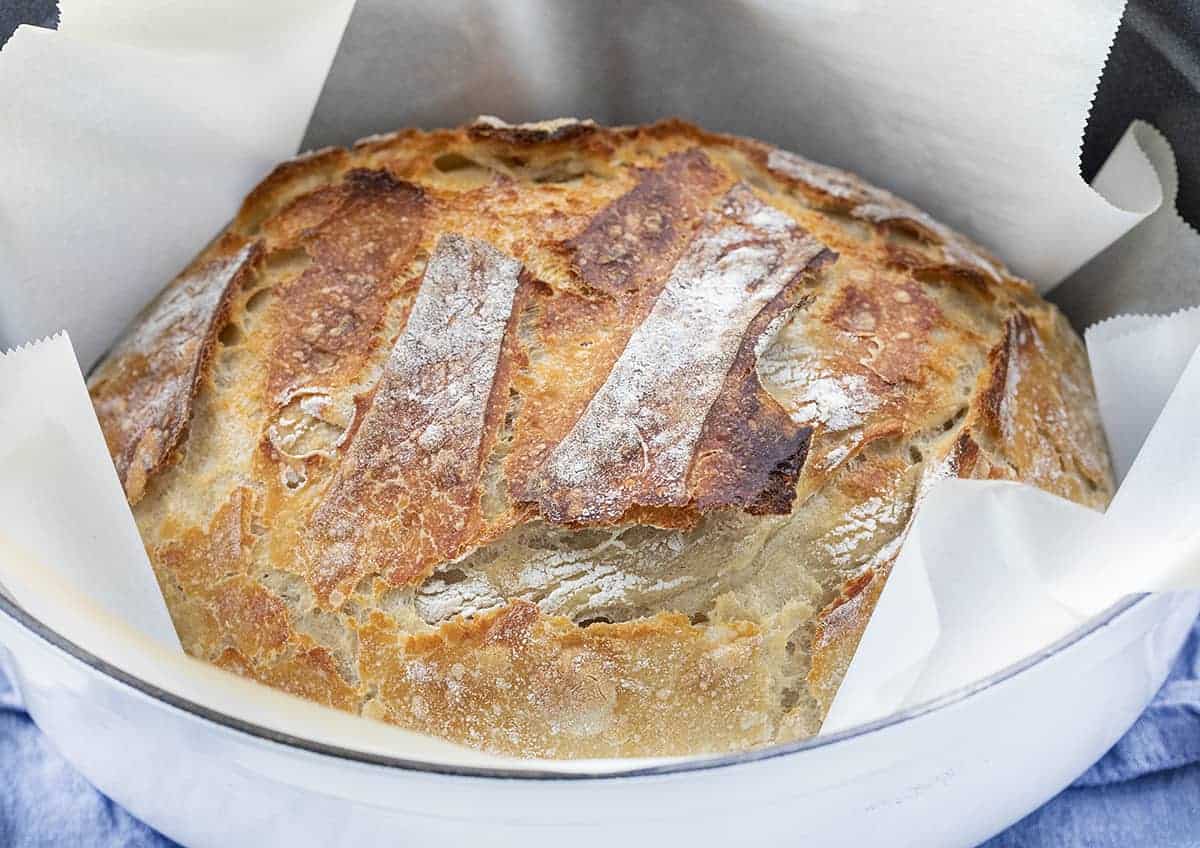
Here is the recipe for Simple Sourdough Bread!
More Sourdough Recipes

Sourdough Starter
Ingredients
- ½ cup flour, whole wheat or unbleached all-purpose
- ¼-⅓ cup water*, 75°F is ideal
- 1 glass jar, or bowl (about 32 ounces)
- 1 paper towel
- 1 rubber band
Instructions
TO BEGIN
- Start the process by adding ½ cup whole wheat flour and ¼ cup water to the jar. (If you need more flour to reach a pancake batter consistency, you can add up to ¼ cup more.) After letting it rest for 30 minutes, stir the mix with a wooden spoon. Set aside until the first feeding.
THE FIRST FEEDING
- Stir thoroughly and cover with a towel and rubber band. Let sit for 24 hours at room temperature. (Try to keep it in an area of your house that is somewhat warm. Very cool rooms tend to slow the action of a starter.)
- After 24 hours, check the mixture for bubbles. If you see some, add ½ cup all-purpose flour and ¼-⅓cup water. If you don’t see bubbles, give it a stir and let sit 24 more hours.
THE SECOND FEEDING
- Check for bubbles again. If you do see bubbles, remove half of the starter, add ½ cup all-purpose flour and ¼-⅓ cup water and stir thoroughly. Let sit 24 hours.
THE THIRD FEEDING
- Remove half of the starter, and feed with ½ cup all-purpose flour and ¼ cup water, stirring thoroughly. Let sit 24 hours.
ADDITIONAL FEEDINGS
- On days 4, 5, 6 you can feed it 2 times a day, if you want and plan on using it.
- Continue this routine until the starter is consistently bubbling and doubling in size within 8 hours of each feeding.
- From this point (or even on day 5), you can store the starter in the refrigerator and feed it about once per week. When you plan to use the starter, pull it out of the refrigerator 24 hours in advance to feed it and allow it to warm up and grow.
Video
Notes
Did you make this recipe?
You can tag me at @iamhomesteader.
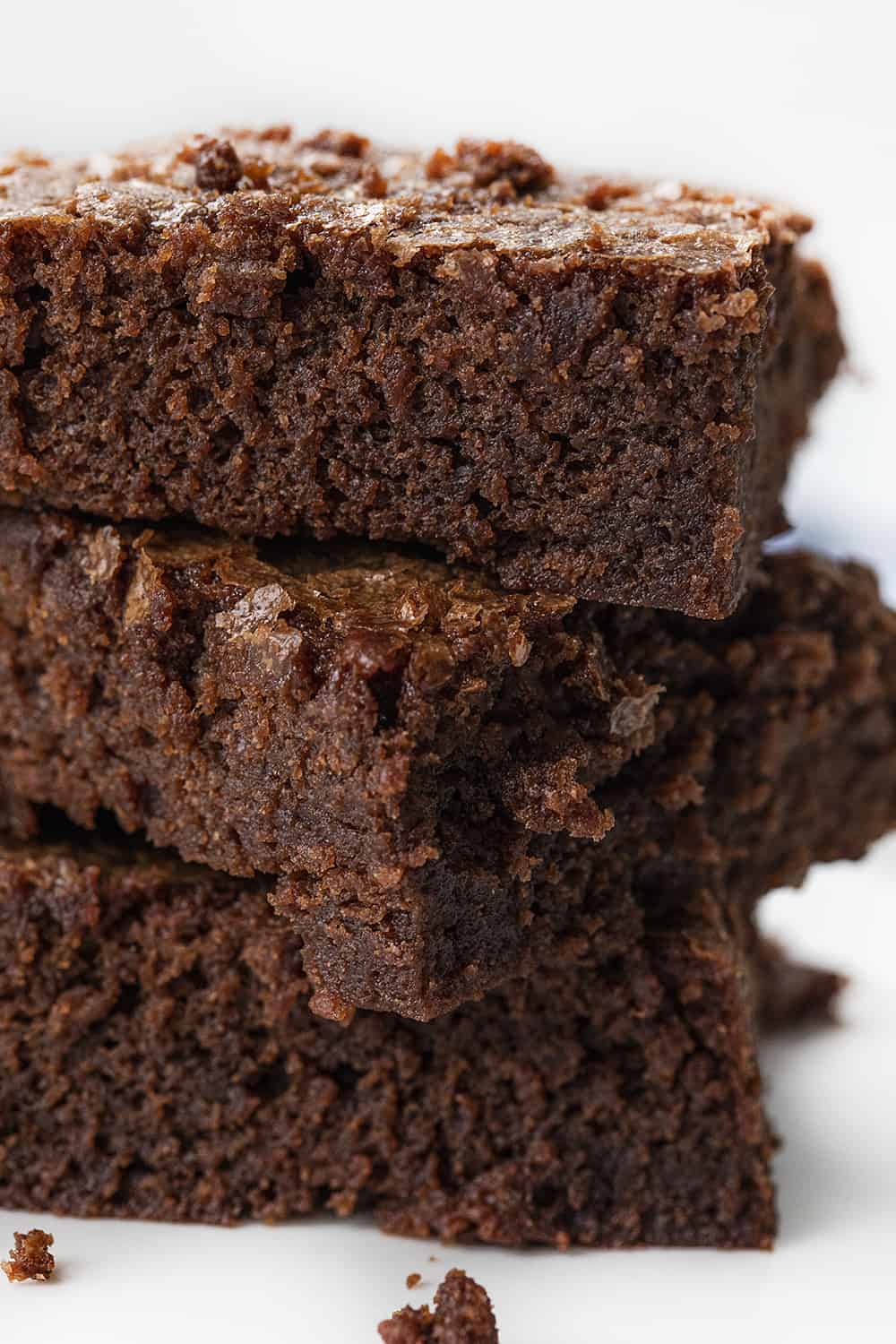
I used this starter to make seriously decadent Chocolate Sourdough Brownies!
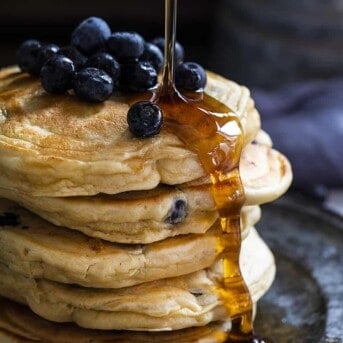
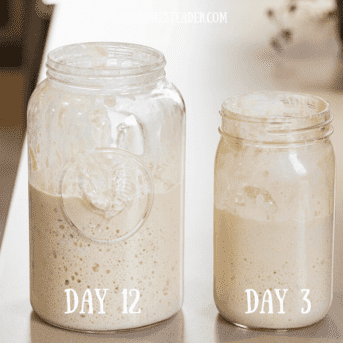

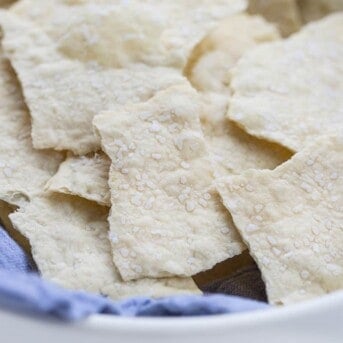
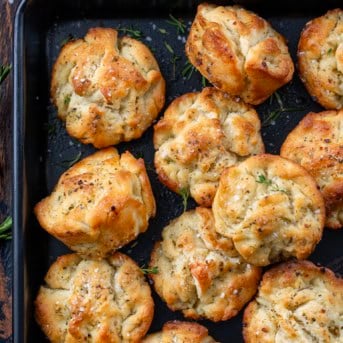
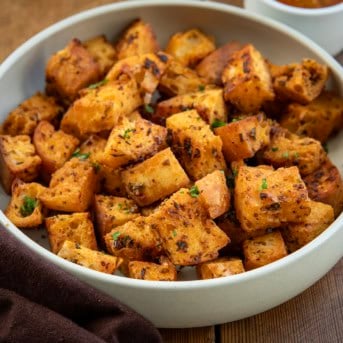
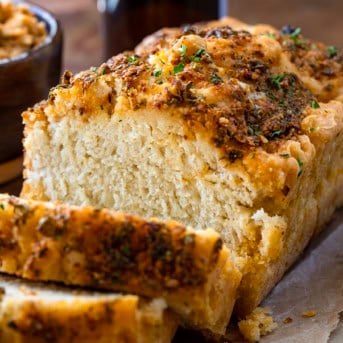

My starter is bubbly but runny. Stopped rising on day 4. Any suggestions?
Quick question, do you remove starter on day 4, 5 and 6 before you feed it? I wasn’t sure what the protocol is on those days.
Hello! I just started my starter 4 days ago. I just fed it but did not to discard first, can I still do it?
Yes, you can 🙂
What happens when you forget to feed your starter and it does not double but is less than the marker line?
When do you know to throw it out?
Forgot to feed two days
You can try feeding it and see how it reacts. 🙂
I noticed that my started that I began only 11hors ago looks dry on the side of my bowl . Is this ok
I’m a little confused….when i store it in the fridge and feed it once a week, do I discard and feed right away, then let sit for 24 hrs or let it sit for 24 hrs before discarding and feeding, then let sit till it grows???
1st of all thank you so much for sharing your expertise and recipes! My starters are on track and doing great. I tried both flours, whole wheat & all purpose organic and they’re progressing nicely.
Question, do we refrigerate our discard? I’m also assuming you can add to the same container after the daily feed.
Thanks so much!
Hi Karin! So happy to hear your starters are thriving!
Refrigerating Discard: Yes, you can refrigerate your sourdough discard. This is a great way to reduce waste and have discard available for other recipes, such as pancakes, waffles, or crackers. Simply place the discard in an airtight container and store it in the refrigerator. It can last for up to a week or even longer, depending on how often you use it.
Adding to the Same Container: Yes, you can add to the same container after daily feedings. When you feed your starter, you discard a portion and add fresh flour and water to the remaining starter. If you have a container for the discard, you can continue to add new discard to it each day. Just make sure to stir it well before using it in recipes.
And be sure to check out my other website for more sourdough recipes! 🙂
https://iambaker.net/#search/q=sourdough
Question: I am an experienced baker and cook and really struggling to get this recipe to turn out. My first sourdough adventure. I’m on Day 9 waiting for the starter to double in size within 8 hours. It never gets there. It raises just a little, maybe 25%, and that’s it. I keep dumping and feeding 2x a day. It bubbles, but does not rise. How long should I keep trying? This is my 3rd attempt at the recipe — I contributed the first failed attempts to changes in weather (air conditioning was on). I want so much for this to work out! I use the flour suggested, the water I let sit out for 24 hours, wooden spoon, wide-mouthed jar, I’m at a loss. Please help.
Hi Janice,
I feel your struggle. In the past when I have these same issues it’s usually due to my house being to cold. Try a heating pad on as low as you can go. See if that helps
Hello Amanda, question I am getting
Ready to start my very first sourdough
Starter, I wanted to know when taking
out the first feeding do I discard
it? Also do I add warm water
Every time I add flour and water each
Day. Thank you for your time.
DONNA, you want it to look like a thick pancake batter consistency. So just enough to get to that. You want the mixture to be able to drop from your spoon/utensil but not be runny. Also, some flours absorb more water than others. So the amount my vary. Hope that helps.
What do you do with the dough you separated 2x?
It’s been 48 hours and no bubbles yet. Do I just keep waiting?
Feed him again and try a warmer spot! 🙂
i’m going to be on day 4 but i was reading that on day 3 you have to wait 24 hours. i fed my started yesterday 4/17 at 8 pm so for today 4/18 do i start feeding it at 8pm since that would be the whole 24hours? i’m confused
Do I need to feed it twice a day starting day 4 or can I continue with just once a day indefinitely?
Can this bread be baked in a bread machine?
When i take my starter out of the refrigerator to make bread do I feed it right away, before I use it? Then wait for it to bubble up?
Can I just use all purpose flour or do I need to start with wholemeal wheat flour?
Most people suggest starting with whole wheat. And then when replenishing you can go with regular white I bleached flour.
I made your recipe for my starter, and it took 10 days and now it’s a very active starter. I made your recipe for sourdough bread, and it came out excellent. My problem is it does not taste like sourdough more like french bread. What am I doing wrong?
Doesn’t sound like you are doing anything wrong. 🙂
What happens if my starter doubles if not triples in size after the first feed? I feed it and six 9 hours later it’s almost tripled! Do I still only feed once or switch to twice? Should I wait to use it until day five even if it’s already doubling!?
How about a recipe for making the bread and does it make 1 loaf or 2?
The regular sourdough recipe may be here somewhere but I haven’t seen it.
Thank you.
There are several recipes in the post, just above the recipe card. Here is a recipe for sourdough bread: https://iambaker.net/simple-sourdough-bread/
I am new to bread making. I wanted to mix all purpose flour with dark rye flour in my starter. Could you help me with the measurements for this? Will it be same amount of flour as in recipe just split it between the two flour types?
Can you use whole wheat flour for every feeding instead of all purpose?
There is a section of the blog post that covers this:
What Flours Can You Use in a Sourdough Starter?
All grain-based flours will work beautifully in a starter. A few examples are:
Rye
Bread Flour
Rice
Whole Wheat
Einkorn
On the 3rd day when you remove 1/2 of the starter, what do you do with the 1/2 you remove?
You discard it.
While your building your starter the first 6 days do you leave the sour dough starter in your oven with the light on after it has risen & then bubbles have depleted? Keeping it warm every day?
Then on 7th day feed & let it rise once again & then take out what you want for recipe? Or do you let it rise & deplete before you take out starter what you need for recipe?
Waiting for reply please.
Sorry I wasn’t able to respond to your question quickly enough for you, I understand waiting 24 hours for an answer to a question on a recipe can be frustrating.
You don’t necessarily need to keep the starter in the oven with the light on. A warm spot in your kitchen should suffice.
On the seventh day, you’ll feed the starter as usual and then decide whether to use it for baking or continue maintaining it.
Here’s a breakdown of the process based on the recipe:
Days 1-6: During these initial days, you’ll be feeding the sourdough starter and monitoring its progress. It’s ideal to keep the starter in a somewhat warm environment, as this promotes fermentation and helps develop the culture. While some people use the oven with the light on to provide a consistent, mildly warm environment, it’s not necessary. You can also place the starter in a warm spot in your kitchen.
Feeding Routine: Each day, you’ll feed the starter according to the instructions provided in the recipe. This involves removing a portion of the starter, adding fresh flour and water, and stirring thoroughly. You’ll repeat this process for six days, allowing the starter to ferment and develop.
Observation: Throughout the process, you’ll observe the starter for signs of fermentation, such as bubbles and rising. The timing may vary based on factors like temperature and flour type, so it’s essential to be patient and attentive.
Day 7: On the seventh day, you’ll continue the feeding routine, but you’ll also assess the starter’s readiness for baking. Ideally, the starter should be active, bubbly, and have a pleasant aroma. At this point, you can use a portion of the starter for baking, or you can continue to feed and maintain it for future use.
On the day that I want to make bread, do I remove half of the starter before feeding it or just feed it as is?
You say 1/4 to 1/3 cup water. How do you know which one to use??